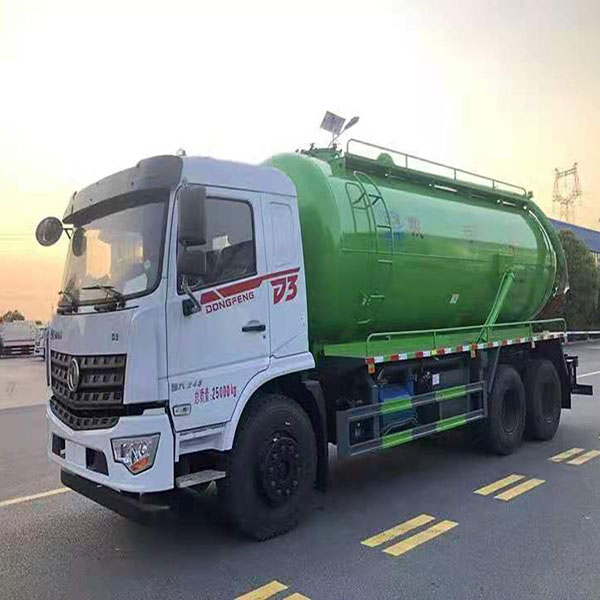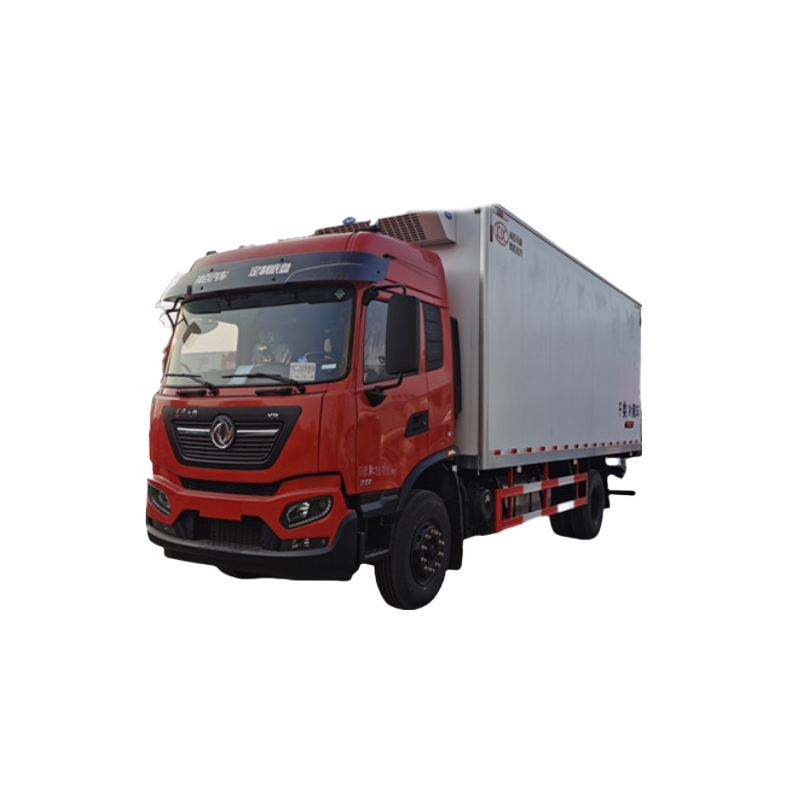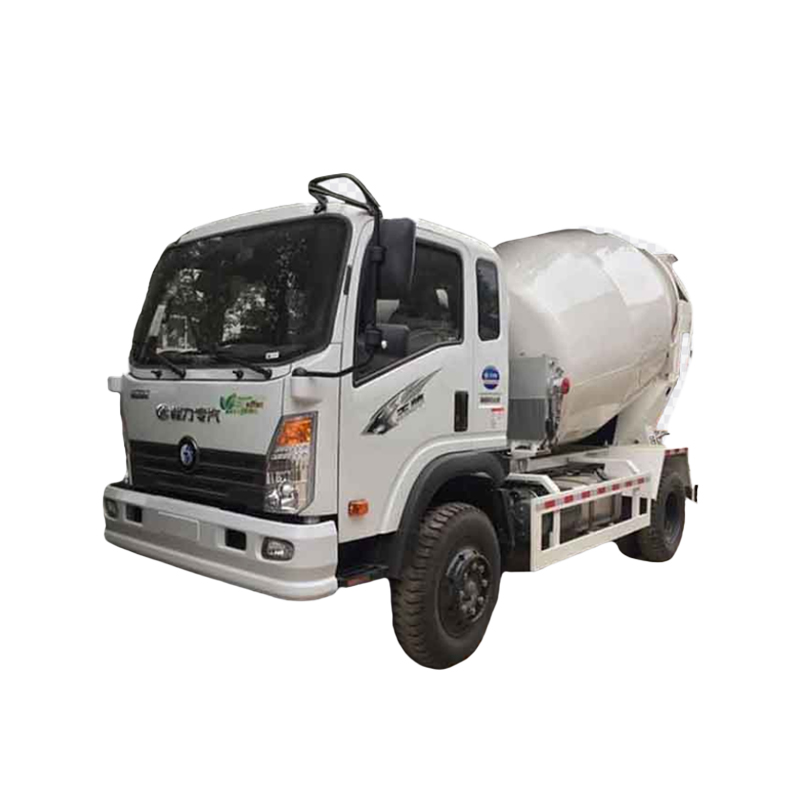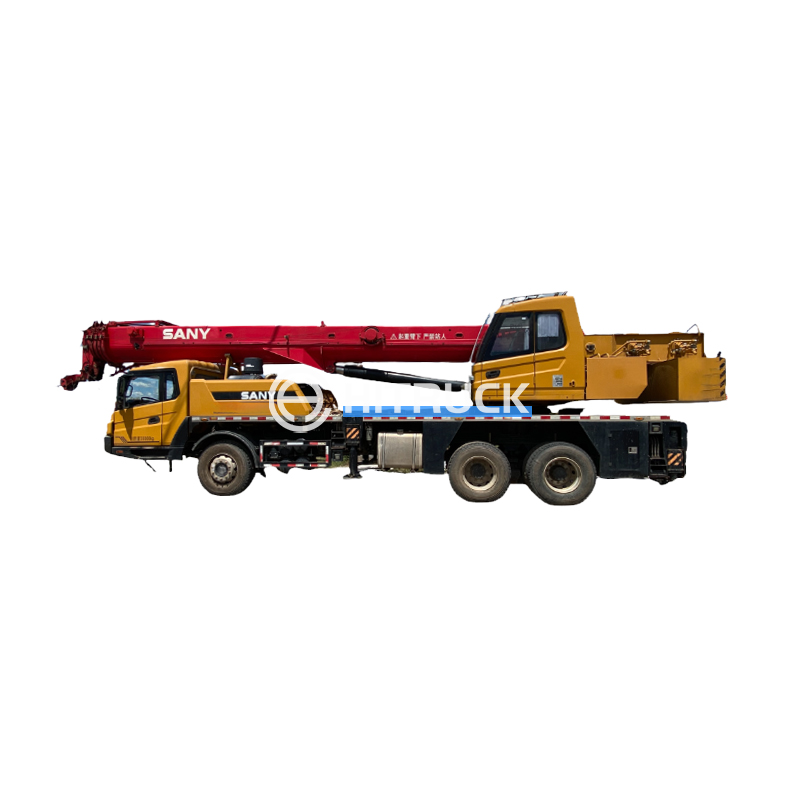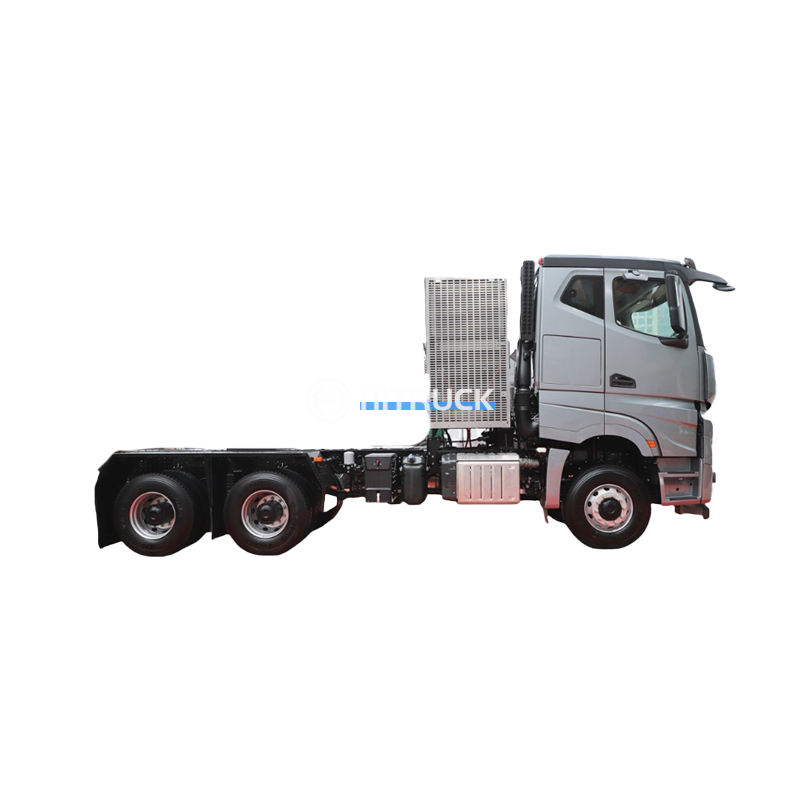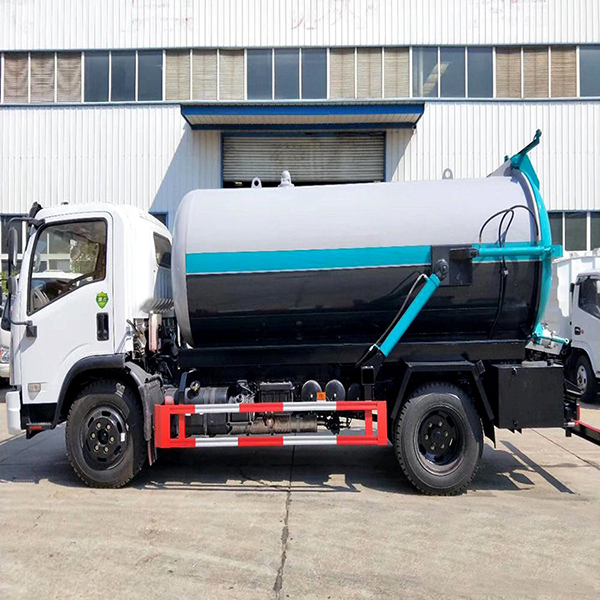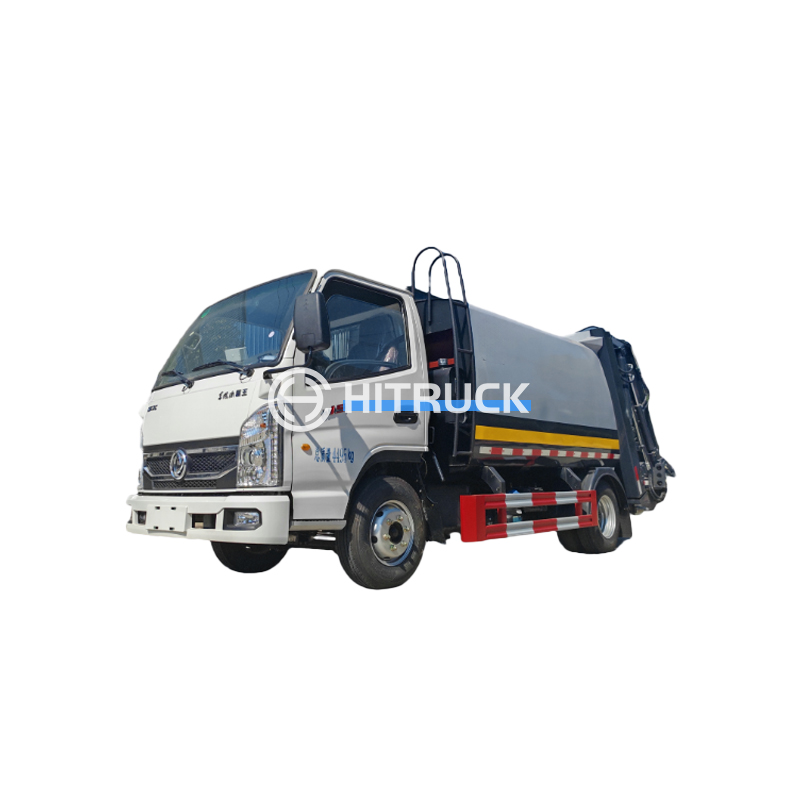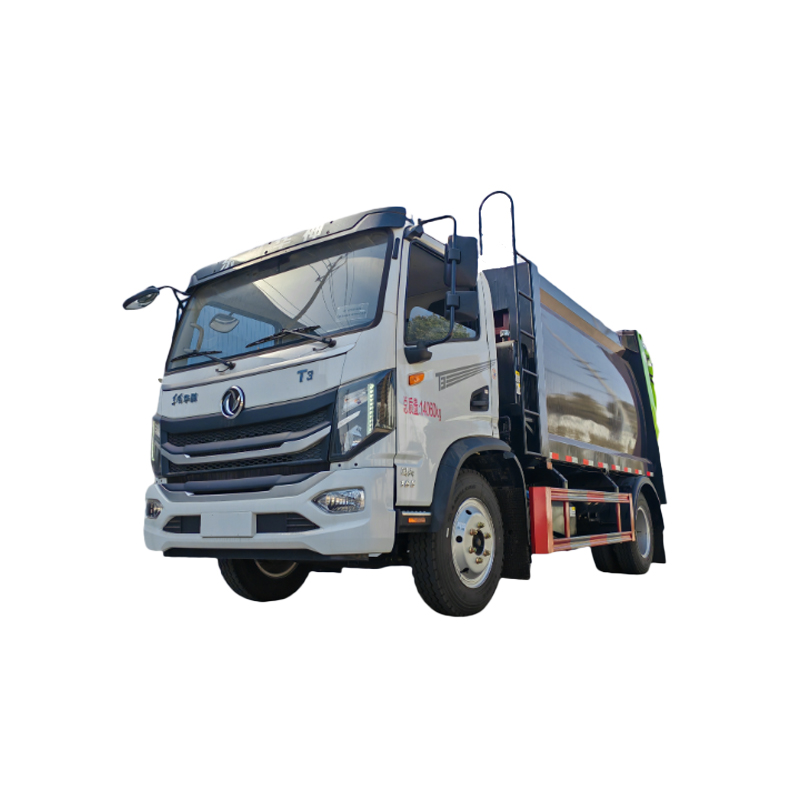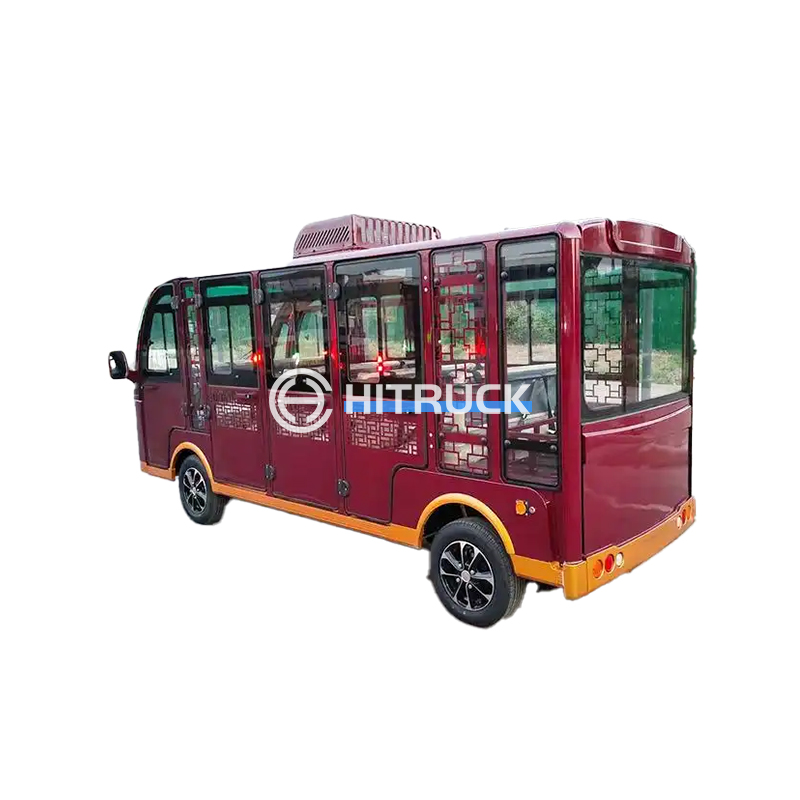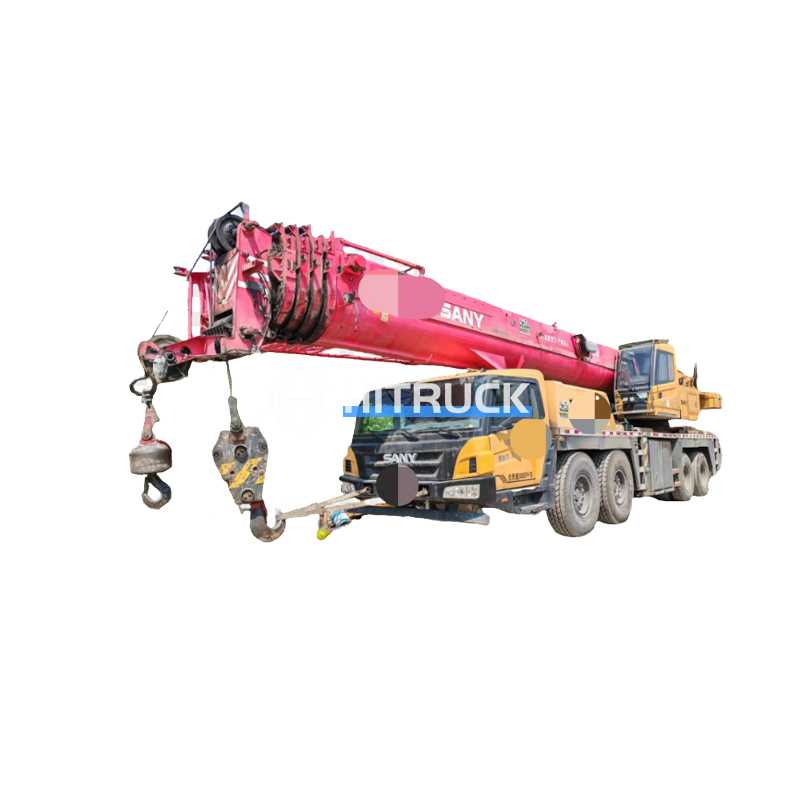This comprehensive guide explores the world of cold trucks, covering everything from understanding their various types and features to selecting the ideal model for your specific requirements. We'll delve into the factors influencing purchase decisions, ensuring you're equipped to make an informed choice for your business needs. Learn about different refrigeration technologies, maintenance considerations, and the overall cost of ownership. This guide aims to provide a practical understanding of cold trucks, allowing you to navigate the market with confidence.
Direct-drive systems are known for their simplicity and reliability. The refrigeration unit is directly connected to the truck's engine, eliminating the need for a separate power source. This results in lower initial costs and straightforward maintenance. However, the engine needs to be running for the refrigeration unit to function, impacting fuel efficiency. Suizhou Haicang Automobile sales Co., LTD offers a range of trucks equipped with this reliable system. Learn more about our selection here.
Independent units offer greater flexibility. They operate separately from the truck's engine, allowing for refrigeration even when the vehicle is parked. This enhances versatility and provides better temperature control. They typically boast improved fuel efficiency compared to direct-drive systems because the engine doesn't need to continuously run to power the refrigeration system. Various models are available with different cooling capacities to suit various needs.
The industry is seeing a growth in electric cold trucks, offering environmentally friendly solutions with lower operating costs and reduced emissions. These vehicles rely on battery power for both propulsion and refrigeration, often employing advanced, highly efficient refrigeration technologies. While the initial investment may be higher, long-term savings can be significant, especially considering potential government incentives and reduced fuel costs. The technology is rapidly developing, with improvements in battery range and charging infrastructure continuously advancing the practicality of electric cold trucks.
The amount of goods your cold truck needs to carry is crucial. Consider the volume and weight of your typical cargo to select a truck with adequate capacity. Overloading can strain the vehicle and compromise its reliability and the integrity of your goods.
The refrigeration unit must maintain the required temperature range for your specific goods. Consider both the size of the cargo area and the desired temperature to ensure the chosen unit is sufficiently powerful.
Fuel costs are a major operational expense. Opt for a cold truck with good fuel economy features, such as aerodynamic design and efficient engine technology. This will minimize long-term operational costs.
Regular maintenance is essential for keeping your cold truck in optimal condition. Consider the accessibility and cost of parts and service for the model you choose to ensure you're budgeting appropriately for ongoing maintenance expenses.
| Feature | Direct-Drive | Independent | Electric |
|---|---|---|---|
| Initial Cost | Lower | Higher | Highest |
| Fuel Efficiency | Lower | Higher | Highest (depending on electricity source) |
| Maintenance | Simpler | More complex | Relatively simpler (fewer moving parts) |
| Environmental Impact | Higher emissions | Moderate emissions | Zero tailpipe emissions |
Selecting the right cold truck is a critical decision. By carefully considering the factors outlined above—including type of refrigeration, payload capacity, fuel efficiency, and maintenance—you can choose a vehicle that optimizes your operations and delivers a strong return on investment. Remember to consult with reputable dealers like Suizhou Haicang Automobile sales Co., LTD (https://www.hitruckmall.com/) to discuss your specific needs and explore available options.

